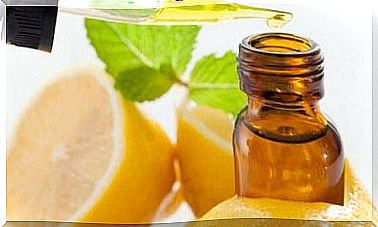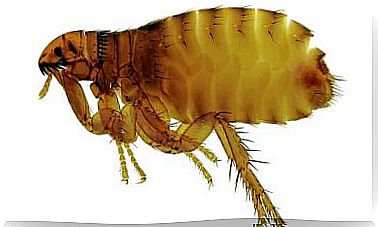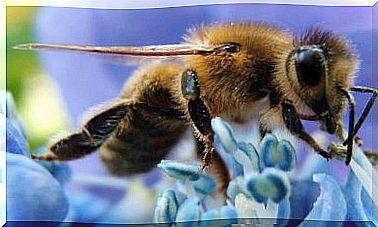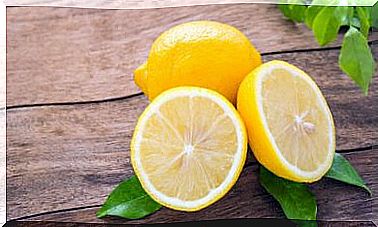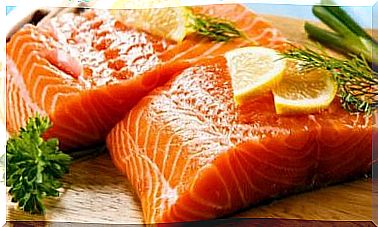What Are Antioxidants And What Are They For?
You have probably heard of antioxidants in some foods, but do you know exactly what antioxidants are and what they are for? , in this article you will solve all your doubts.
The intake of antioxidants is essential to maintain good health. Their role as oxidative stress reducers is what has made them so fashionable.
What are antioxidants?
Antioxidants are compounds synthesized by plants in their different parts, such as fruits, leaves, branches, roots, etc. They are characterized by having hydroxyl groups (OH) joined together by benzene rings, which prevent the damaging effect of free radicals.
What are they for?
Antioxidants in food are essential, not only because they activate the natural organoleptic properties, but because, when ingested, they protect us from diseases such as cancer, cardiovascular diseases and neurodegenerative diseases. This is evidenced by a study published in Roczniki Panstwowego Zakladu Higieny.
Eating a diet high in antioxidants will help us prevent and improve :
- Premature aging, caused by the accumulation of free radicals.
- Nervous system, since it has been shown to help prevent dementia, Alzheimer’s and Parkinson’s, thanks to a protective effect on neurons.
- Cardiovascular diseases, such as atherosclerosis.
- Cancer, as antioxidants can inactivate carcinogenesis, inhibit cell proliferation, enhance DNA repair processes, and reduce oxidative stress.
What is oxidative stress?
To know how antioxidants act, it is necessary to know what oxidative stress is. In cellular metabolism, in which glucose reacts with oxygen to produce energy in the form of ATP, a series of reactive oxygen compounds are released. These compounds are free radicals, whose effects are harmful to the body.
In a young and healthy individual, oxygen free radicals are rapidly removed from the interior of the cell by natural antioxidants. But, in chronic patients or in the elderly, this elimination is deficient, which leads to the appearance of chronic diseases, accelerating aging at the same time.
Types of antioxidants
Antioxidants can be:
- Endogenous
- Manufactured by the cell itself.
- Exogenous, which enter the body through diet or supplements with antioxidant formulations.
Here we will explain which are the most important antioxidants from food:
Vitamin C
It is an important antioxidant that acts by enhancing the effect of other substances, such as vitamin E and selenium.
The main functions of vitamin C are:
- Neutralize singlet oxygen (O2).
- Capture hydroxyl radicals and superoxide anions.
- Regenerate the oxidized form of vitamin E.
This vitamin contributes mainly to the synthesis of collagen and elastin, essential components for the development and maintenance of blood vessels, tendons, bones and ligaments. In addition, it is crucial for the synthesis of norepinephrine and carnitine, and also in the transformation of cholesterol into bile salts.
Five daily servings of fruits and vegetables (3 fruits and 2 vegetables), ensure a minimum consumption of 200 mg of vitamin C. The main sources of vitamin C are:
- Peppers.
- Brussels sprouts.
- Broccoli.
- Tomato.
- Kiwi.
- Strawberries.
- Orange.
- Lemon.
Also keep in mind that there is evidence that said vitamin intervenes in a relevant way in the physiology of the immune system, improving the defense function of the body.
Vitamin E
It is a set of phenolic compounds, known as tocopherols and tocotrienols. Alpha tocopherol is the most common and, biologically, the one with the greatest vitamin action.
Vitamin E is considered the most important protector of lipid molecules, since its action consists of:
- Protect the polyunsaturated fatty acids of the phospholipids of the cell membrane from oxidation.
- Inhibit the oxidation of LDL cholesterol (bad cholesterol).
The recommended dose of vitamin E ranges from 6 mg in children to 15 mg in adulthood. It is present in foods such as olive, corn, soy, canola, safflower, or sunflower oils. It is also present in the intake of small amounts of nuts such as almonds, peanuts, hazelnuts or walnuts and in raw vegetables such as carrots and spinach.
Polyphenols
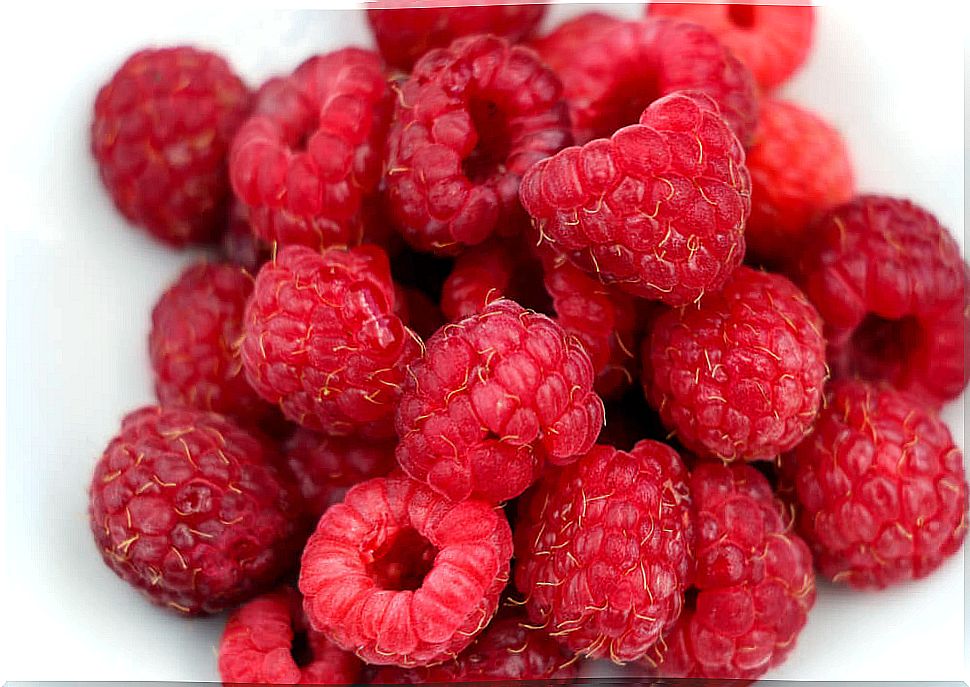
Polyphenols are a very large group of substances that include families of compounds with diverse structures. Only from flavonoids, which are the most important, more than 5000 different compounds are known in nature.
Many phenolic compounds are responsible for the organoleptic properties of vegetables. For example, anthocyanins are responsible for the red, blue, and purplish tones in many fruits, vegetables, and red wine.
From the point of view of their biological activity, many polyphenols have properties :
- Anti-inflammatory, since they inhibit enzymes and the C-reactive protein involved in inflammation processes.
- Estrogenic activity, such as isoflavones, lignans, and resveratrol.
- Binding of metals and proteins, such as tannins, which gives them antimicrobial activity.
They are found in abundant fruits, vegetables, cereals and legumes, as well as in some drinks and infusions, such as tea, coffee, red wine and also cocoa.
Carotenoids
They are pigments synthesized by plants in the photosynthesis process whose main activity is the neutralization of reactive oxygen species (ROS). These reactive species have a determining role in the development and maintenance of cellular oxidative stress.
Carotenoids are converted into vitamin A, whose role is essential to preserve the integrity of the retina and to maintain the activity of the immune system, among other things.
The foods that contain them are:
- Carrot.
- Orange.
- Peach.
- Tangerine.
- Tomato.
- Watermelon.
- Papaya.
- Spinach.
- Broccoli.
Include antioxidants in the diet
Therefore, do not forget to include a variety of fruits and vegetables in your diet daily. Thus , you can get all the antioxidants that the body needs. This will reduce the risk of getting sick.
